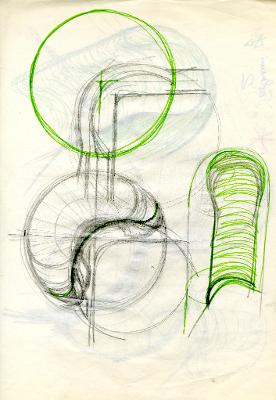Carimate










The name of the series is taken from the original destination of the chair, which was designed for the Carimate Club House in Como. The chair is partly based on the Scandinavian tradition but, at the same time, is a re-interpretation of the Italian traditional wood and straw chair. The designer uses red aniline dye which was used for toys at the time, proposing it for furniture for the first time. Moreover, the colour matched the columns and the doors and windows of the sports facility. The main design features are to be found in the structural swelling on the legs coinciding with the seat junction, the point under greatest stress, and in the harmonious junction of the armrests with the backrest.
The model was under patent (N. 83845 of 9/5/1961) and at first was handcrafted by the Fratelli Mario e Luigi Comi in Meda. The chair was displayed at the 12th Triennale in 1960 as an edition of Artemide (although it was still handcrafted by Comi), which would be licensed to distribute it in Italy while in the rest of Europe, it would be directly marketed by Fratelli Comi until 1962 (the year that marked the beginning of a lawsuit that would close in 1970). In the same period, Carimate recorded a great success in England after an agent of Terence Conran saw it exposed in the Gavina showroom in Bologna and decided to market it, which led to the Conran Company receiving the license to produce and market it in Great Britain in 1962.
In the autumn of the same year, Magistretti turned to Cesare Cassina, who owned the company by the same name, and granted it license to produce the chair in all of Europe except for Italy, where Artemide continued to distribute the chairs manufactured by Fratelli Comi, and for Great Britain.
In 1963 Cassina started to develop the Carimate model (code 892 in Cassina catalogue) with the 115 version, without armrests, and the 120 version, stool, and in 1964 the 930 version, armchair. In 1964, the design of the round-shaped support appeared to directly inspire the 913 set of bunkbeds and the 772 table. In 1966, the 927 model in the catalogue of the Figli di Amedeo Cassina was another reinterpretation of the Carimate model, both in the materials and in the colours used, and stood out for the design of the armrest. Up to 1966, the Carimate model, in the chair and bench versions, were distributed by Studio Artemide despite the ongoing legal proceedings with the Fratelli Comi, and in the 892 and 115 versions by Cassina. At the end of a long legal dispute, in 1968 the Court established that Magistretti and Fratelli Comi had co-authored the design, a decision jointly appealed by Magistretti and Cassina and the case was heard by the Appellate Court in 1970. The story of Carimate continued in 2001 when Magistretti, who was working on designing a concept for a cafeteria and for the Esselunga supermarkets, asked De Padova to remanufacture it to decorate these facilities, marking the comeback of Carimate in the De Padova catalogue, albeit for only a few years.
Natural or aniline dyed beech, seat in straw or upholstered with rubber-padded imitation leather or leather
bench cm 50 x 48 x 45 H (seat) / 75 (total)
pouf cm 48 x 48 x 45 cm H
G. P. Boetti, Perché il liceo classico produce i creativi, in La Stampa, 04 aprile 1986
Proposta di arredamento, in Ottagono 2, luglio 1966
A. Tassinari, Incontro con Vico Magistretti, in Cinquemattoni 4, aprile 1973
M. Datta, Magistretti, in Casamica, febbraio 1974
Designers d'oggi Vico Magistretti, in La rivista dell'arredamento Interni, ottobre 1978
A. Mosca, Il Vico: "l'architetto", in Casa Amica, ottobre 1979
G. Gamberoni, Incontro con Vico Magistretti, in Casa&Giardino 104, marzo 1980
W. Pagliero, Architettura come rappresentazione, in Casa Oggi 163-164, febbraio 1988
Incontro con Vico Magistretti, in Casa e giardino, settembre 1989
G. Chigiotti, La regola e l'eccezione, in Area 11, settembre 1992
F. Raggi, Designing as Robinson Crusoe, in Flare, maggio 1993
M. Gregotti, Il design come diario personale, in Elle Decor 9, settembre 1993
T. Molinari, A Colonia tre profili il sodalizio, in Gap Casa, gennaio 1994
M. Chigorno, Vico Magistretti e l'eleganza della ragione, in Parliamo di Golf 34, ottobre 1998
C. Bellini, Il mestiere di architetto, in Habitat Ufficio 21, settembre 1986
20 anni/20 sedie, in Domus 612, dicembre 1980
D. Baron, A. D'Auria, Sedie a struttura tradizionale, in Interni 322, luglio 1982
J. Connolly, Magistretti magic, in The Times, 25 giugno 1991
Mobili che fanno storia, in Domus 664, settembre 1985
L. Mascheroni, Vico Magistretti, in Interni 400, maggio 1990
Designed for today, in The New York Times Magazine, 25 settembre 1966
Dalla sconfitta al boom con fantasia, in Panorama, maggio 2005
Catalogo Cassina, Carimate, 905, 122 e 781, 1967
V. Magistretti, Appunti manoscritti, ottobre 2004
Catalogo Cassina, Carimate, s.d.
H. U. Obrist, Hans Ulrich Obrist Interviews: Vico Magistretti, in Domus 866, gennaio 2004
F. Irace, V. Pasca, Vico Magistretti architetto e designer, Milano, Electa 1999, pp./nn. 132-133
B. Finessi, Vico Magistretti, Mantova, Corraini 2003
M. T. Feraboli, Vico Magistretti, I maestri del Design, Milano, Il Sole 24 Ore 2011, pp./nn. 46-49
P. Proverbio, Vico Magistretti. I protagonisti del Design, Milano, Hachette 2011, pp./nn. 16-17
V. Pasca, Vico Magistretti. L'eleganza della ragione, Milano, Idea Books 1991, pp./nn. 58
A. Coppa, Vico Magistretti: Intuizioni concettuali tra modernità e tradizione, Milano, RCS 2016
-
unità n. 287 (1 immagine)
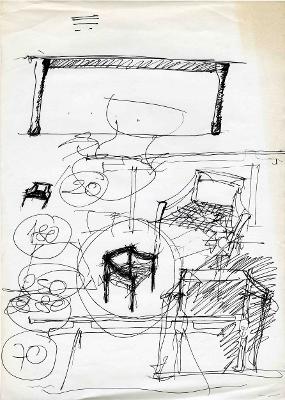
-
unità n. 6 - segnatura: Carimate (5 immagini)

-
unità n. 7005 (6 immagini)
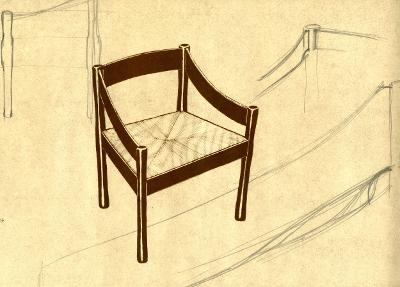
-
unità n. 405 (1 immagine)
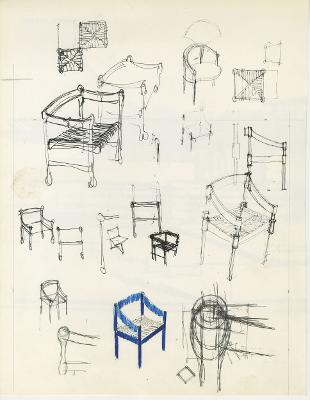
-
unità n. 1013 - segnatura: 227 (3 immagini)
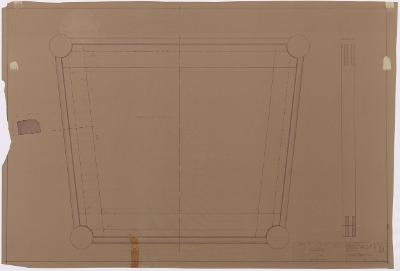
-
unità n. 3036 (22 immagini)

-
Club house, Club house al Golf di Carimate, Golf Club Carimate
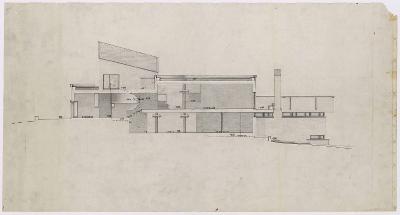
- XII Triennale, Milano
-
Edificio governativo, Municipio di Cusano Milanino, Comune di Cusano Milanino
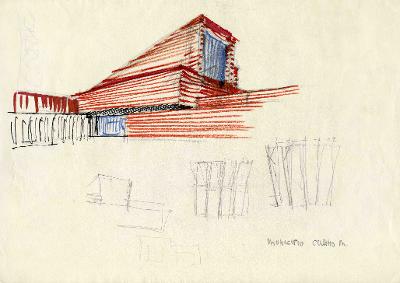
-
Negozio, Showroom Cerruti 1881 a Parigi, Nino Cerruti

-
Abitazione, Casa Cassina a Carimate, Cesare Cassina
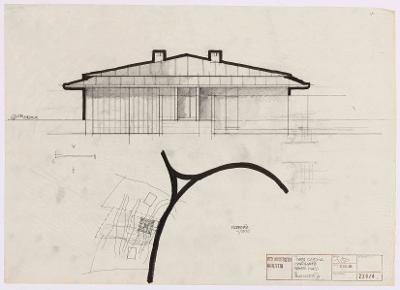
-
Superstore, Esselunga di Pantigliate, Esselunga - Bernardo Caprotti

-
Albergo, Hotel "Forte di Bard" ad Aosta, Finbard

-
Complesso d'abitazioni in corso di Porta Romana, Milano





